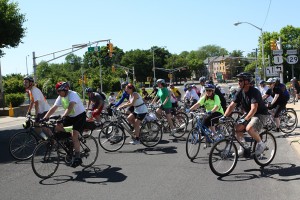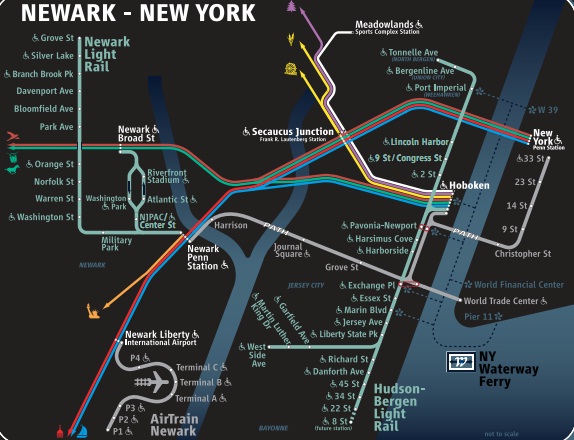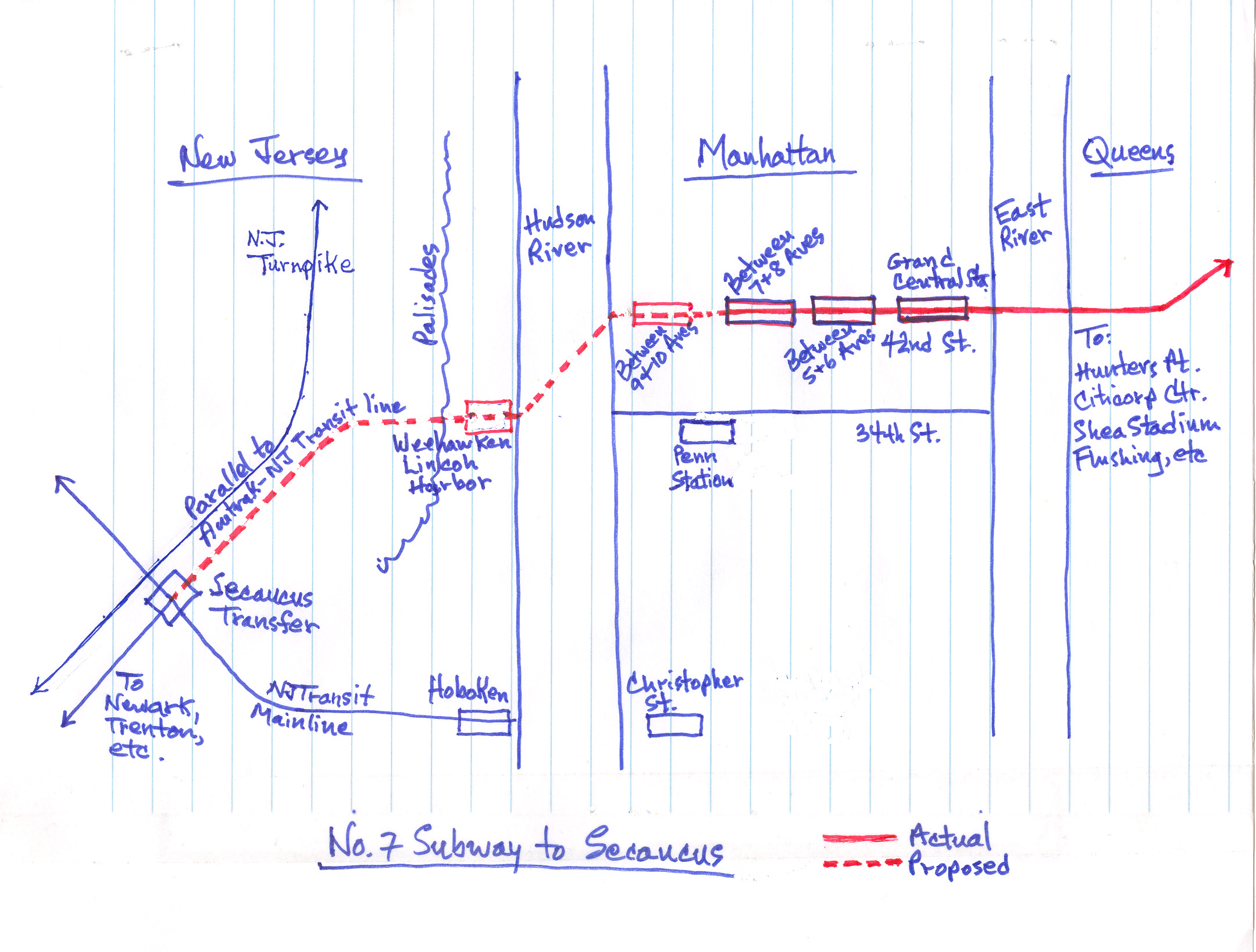New Jersey Future Blog
Addressing Obesity Through Smart Planning
October 23rd, 2011 by New Jersey Future staff
I recently facilitated a panel at the 2011 Childhood Obesity Summit in Newark. The “Getting from Here to There” session explored how sidewalks, bike paths, parks and playgrounds can increase opportunities for physical activity.
Speakers highlighted how Complete Streets, Safe Routes to School and joint-use policies can help change the built environment and increase access to existing facilities. New Jersey Future recognizes the value of using such policies to improve access and encourages land-use policies that complement them.
Charles Brown, senior research specialist at the New Jersey Bicycle and Pedestrian Resource Center, gave a broad overview of complete streets concepts. He highlighted the state Department of Transportation’s statewide policy and ways for local municipalities to implement their own local complete streets policies. (New Jersey Future recently completed an interim assessment of the DOT’s complete-streets efforts.)
Leigh Ann Von Hagen, senior specialist at Rutgers University’s Alan M. Voorhees Transportation Center, manages the Safe Routes to School Resource Center. She highlighted safe routes programs, especially appropriate during International Walk to School Month.
Quang “Q” Dang, legal technical assistance director at National Policy & Legal Analysis Network to Prevent Childhood Obesity, covered the basics for joint-use agreements, advising attendees about best practices and illustrating sample templates.
New Jersey Future believes smart growth concepts can serve as a useful starting point for achieving the same goals. Compact, walkable neighborhoods make it easier to walk to school or other destinations. If schools are sited within walking distance of housing, joint-use agreements will be even more powerful. In fact, the U.S. Environmental Protection Agency recently released school siting guidelines that include guidance to “locate schools near populations and infrastructure.”
New Jersey Future also participates in the Shaping NJ initiative, a public-private partnership of more than 150 organizations. As part of the Community workgroup, we’ve helped create a task plan to implement these strategies:
- Encourage municipalities to locate schools, libraries, parks and other public facilities within easy walking distance of where people live.
- Assess the local infrastructure and prioritize changes needed to turn walking and biking into safe, easy options for daily transportation.
- Ensure that walking/biking plans, playing fields, parks and other facilities for physical activity are free of danger from vehicular traffic, criminal activity and other hazards.
Smart growth allows people to live closer to various locations, and if done correctly, enables more people to walk to their destinations. Having the option is great, but even if residents aren’t walking to work or school, they are likely spending less time in their cars. New Jersey Future’s 2008 “Getting to Work” report, demonstrated that vehicle miles traveled and density have a negative correlation. With less hours being spent driving, there is more free time to take a yoga class, go for a run or hit the gym. Pursuing smart growth land-use, designing walkable communities and developing complementary programs makes sense: economically, environmentally and from a health perspective.

















It is really going to take a group effort to rid of this epidemic we call obesity. Parents and kids need to be educated the importance of consistent exercise and proper nutrition.
I always say that New Jersey is very lucky to have so many older neighborhoods and suburbs that have many of the attributes important to an active transportation lifestyle. It would be interesting to see if there is a correlation between New Jersey’s walkable and bikeable neighborhoods and lower rates of obesity.
Thanks for highlighting the connection between health and transportation. Although increasing opportunities for adults and children to walk and bike makes intuitive sense that it also encourages healthier living, it’s not an easy task to get from a great strategy to a changed environment. As we’ve seen from some of the negative reports from New York City, changing streets in order to provide opportunity for a healthier lifestyle is not always supported by the masses. We need all the support we can get from the health community to make these types of changes a reality.